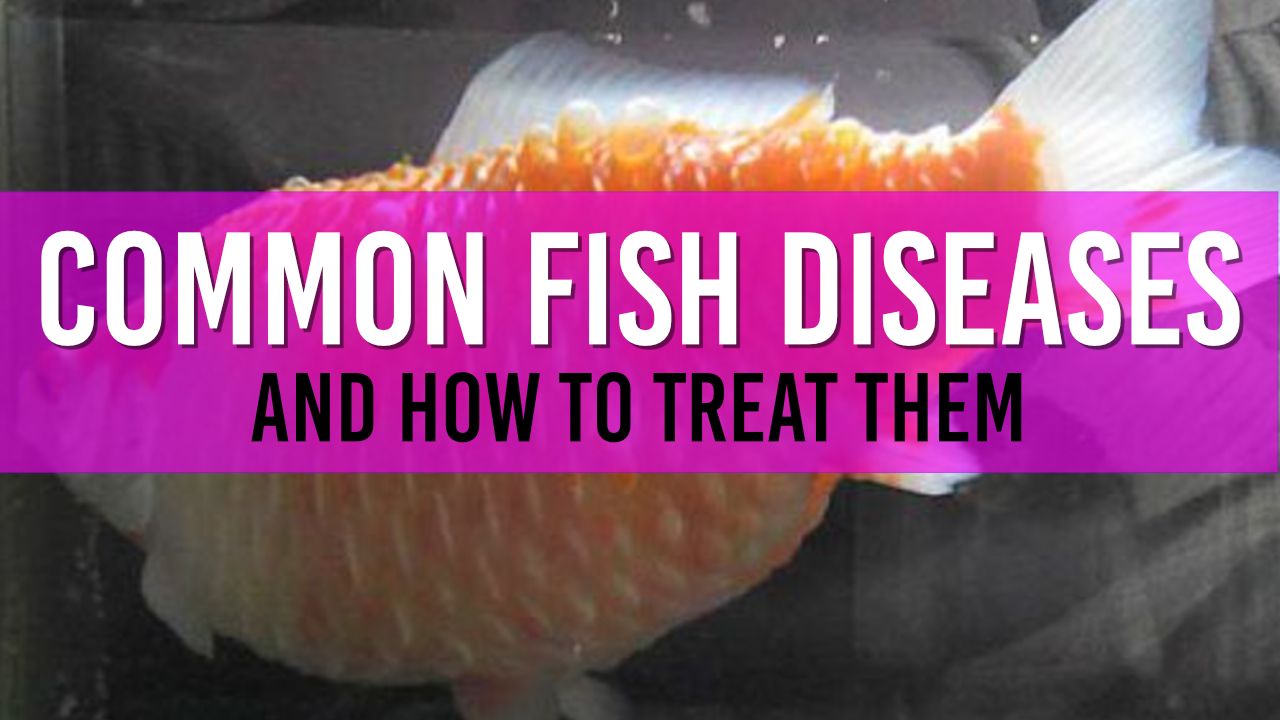Signs of Pond Fish Illness and How to Treat Common Diseases
Whether introduced via pond pests, or even a bad batch from the local pet shop, it's quite common for your fish to suffer from some of the most common diseases. Healthy Filtered pond water is key to prevention.

Table of Contents
Fish health is an essential aspect of maintaining a thriving pond environment. Whether you are a first-time pond owner or an experienced hobbyist, it is crucial to recognize the signs of illness in your fish and learn how to treat common diseases. In this article, I'll explore these topics to help you keep your fish in the best possible health.
Signs of Illness in Pond Fish
Observing your fish daily is an essential part of pond maintenance. Familiarize yourself with their normal behaviour, so you can easily spot any changes that may indicate health issues. Some common signs of illness in pond fish include:
- Lethargy or unusual swimming patterns
- Loss of appetite or not eating
- Gasping for air at the surface (gasping fish)
- Clamped fins or swimming upside down
- Rapid breathing or sticking to a corner
- Discoloration or color changes
- Fish jumping out of the pond
- Bloating or swim bladder disease
Common Fish Diseases and Treatment
Keeping your pond fish healthy requires knowledge of common fish diseases and their respective treatments. By understanding the symptoms and causes of these ailments, you can act swiftly to address any issues and maintain a thriving pond ecosystem.
In this section, I will discuss several fairly common diseases that can affect your fish, as well as the best ways to treat them to ensure your pond remains a safe and enjoyable environment for your aquatic pets.
1. Ich (White Spot Disease)

Ich, also known as white spot disease, is a common parasitic infection that causes small white spots on the fish's body, fins, and gills. It is highly contagious and can be fatal if not treated promptly.
Isolate the affected fish in a quarantine tank and increase the water temperature to 28-30°C (82-86°F) for about 10 days to speed up the parasite's life cycle. Add Non-iodized salt, Sodium Chloride (NaCl) to the water and use a specific ich medication, following the manufacturer's instructions.
2. Fin Rot

Fin rot is a bacterial infection that causes the fish's fins to become frayed, discoloured, and rot away. It usually occurs due to poor water quality or physical damage to the fins.
Improve water quality by performing regular pond maintenance and water changes. Treat the pond with a broad-spectrum antibiotic, following the manufacturer's instructions.
3. Dropsy / Pineconing

Dropsy is a symptom rather than a specific disease. It causes the fish's abdomen to become swollen and the scales to protrude, giving the fish a "pinecone" appearance. Dropsy is often a sign of internal organ damage or failure and can be caused by bacterial, viral, or parasitic infections.
Isolate the affected fish in a quarantine tank and treat with a broad-spectrum antibiotic. However, the prognosis for dropsy is often poor, and some may even recommend euthanizing the fish if there is no improvement after treatment.
4. Fungal Infections

Fungal infections typically appear as fluffy white or grey patches on the fish's body, fins, or gills. They usually occur in fish with weakened immune systems or those that have suffered from physical injuries.
Isolate the affected fish in a quarantine tank and treat with an antifungal medication, following the manufacturer's instructions. Maintain good water quality and clean the pond regularly to prevent future infections.
5. Anchor Worms

Anchor worms are parasitic crustaceans that burrow into the fish's skin, causing irritation, inflammation, and secondary bacterial infections. They are visible as thin, thread-like protrusions from the fish's body.
Remove the anchor worms manually using tweezers, taking care not to damage the fish's skin. Treat the pond with an appropriate medication to kill any remaining parasites.
Preventing Fish Diseases
Prevention is always better than treatment when it comes to fish health. Here are some essential tips to help prevent diseases in your pond:
- Maintain good water quality by regularly checking and replacing pond filters and cleaning the pond.
- Monitor your pond's water chemistry, ensuring proper pH, ammonia, nitrite, and nitrate levels.
- Quarantine new fish before introducing them to the pond to prevent the spread of diseases.
- Provide a balanced diet and proper fish food to boost their immune systems.
- Add more oxygen to your pond by using aeration devices, such as air stones or waterfall features.
- Regularly observe your fish for any signs of illness, and address any issues promptly.
Conclusion
By recognizing the signs of illness in your pond fish and knowing how to treat common diseases, you can ensure a healthy, vibrant pond environment. Remember to maintain good water quality, provide a balanced diet, and monitor your fish's behaviour to prevent diseases from taking hold.

